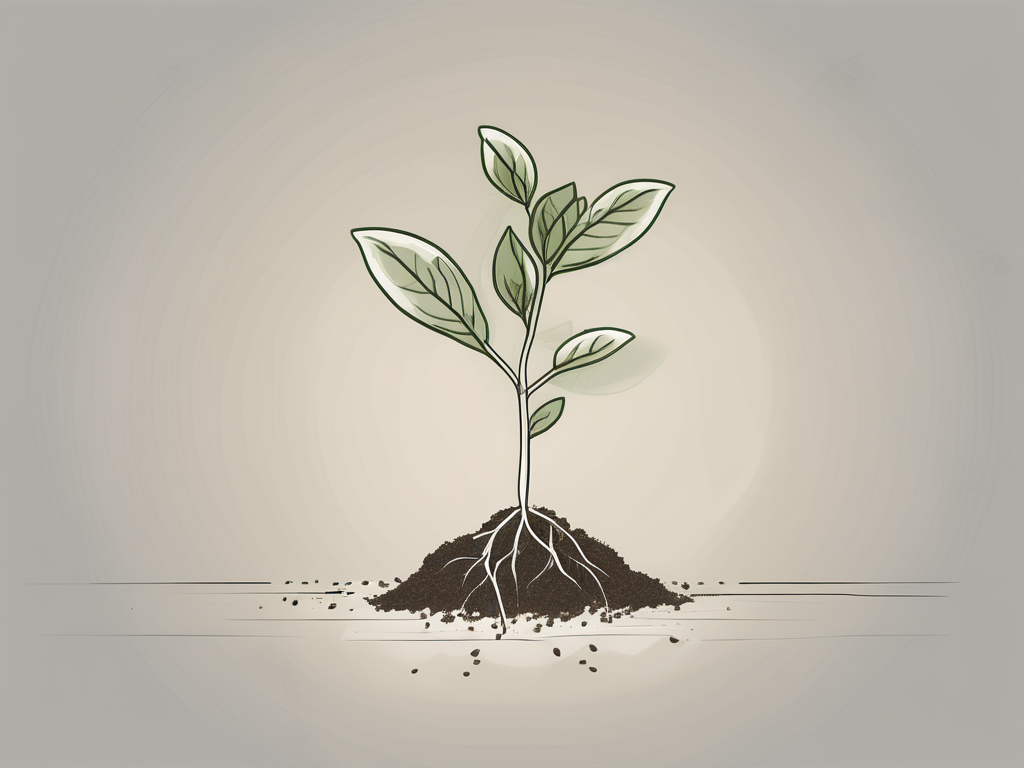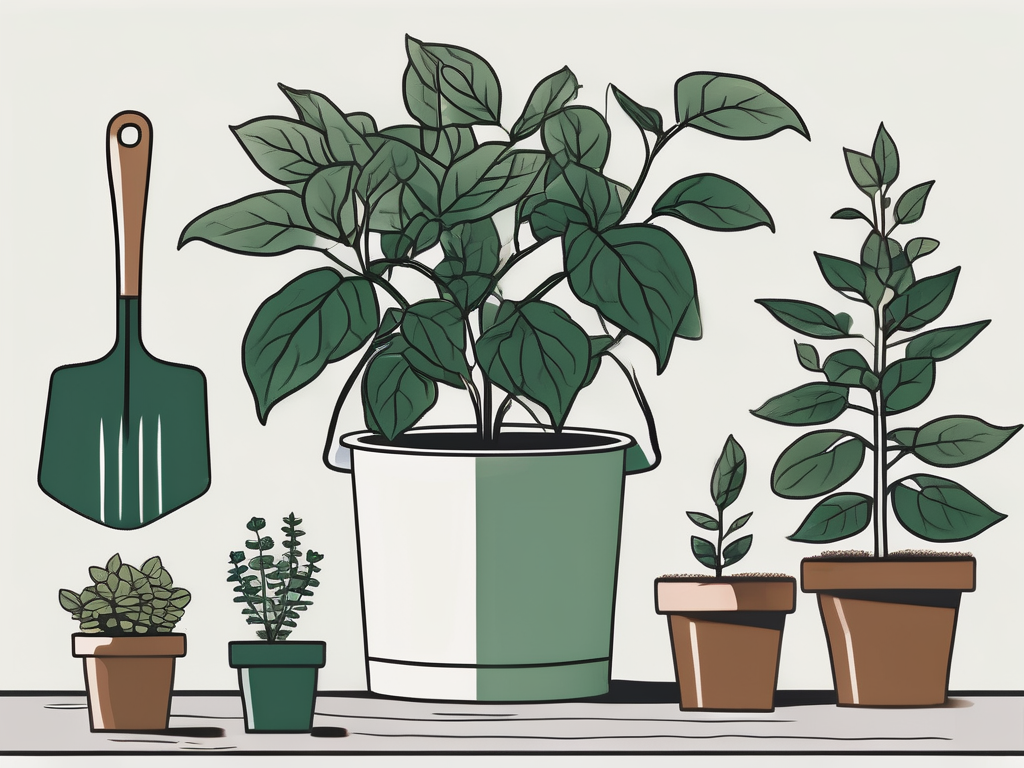
So, you've fallen for the stunning Stromanthe Triostar and you're itching to share the love by propagating it. Great choice! This plant is not only a visual treat with its vibrant leaves, but it's also a fantastic addition to any indoor jungle. Propagating your Stromanthe Triostar can be a rewarding project, allowing you to expand your collection or share with friends.
In this guide, we'll walk through everything you need to know about successfully propagating your Stromanthe Triostar. From gathering the right materials to nurturing your new plant babies, you'll find all the steps and tips here to get you started on your propagation journey.
Understanding the Stromanthe Triostar
Before we jump into the how-tos, let's talk a bit about what makes the Stromanthe Triostar so special. This plant belongs to the Marantaceae family, like its cousins the prayer plant and the calathea. Its leaves are a mesmerizing mix of greens, creams, and pinks, making it a favorite among plant lovers who enjoy a splash of color in their indoor spaces.
These plants are native to the rainforests of Brazil, where they thrive in humid, shaded environments. This background gives us a hint about their care needs. They love humidity, indirect light, and warm temperatures. When you understand what makes them tick, you’re better equipped to propagate them successfully.
Gathering Your Supplies
Alright, now that we're all excited about this beautiful plant, let's get down to business. Propagating Stromanthe Triostar involves a few essential supplies. Here's what you'll need:
- A healthy parent plant: Make sure your Stromanthe Triostar is mature and healthy before you start snipping. This ensures that both the mother plant and the new cuttings thrive.
- Sharp, clean scissors or pruning shears: You'll want to make clean cuts to prevent damage or infection.
- A small pot or container: This will house your new plant. Make sure it has drainage holes to prevent waterlogging.
- Potting mix: A good mix should be well-draining. You might consider using a blend of peat, perlite, and pine bark.
- Water: You'll need to keep your new plant moist but not soggy.
- A plastic bag or dome: This optional item can help maintain humidity around your new cutting.
Having these supplies on hand will make your propagation process smooth and efficient. Remember, preparation is key!
Choosing the Right Time
Timing can make a significant difference when it comes to plant propagation. For the Stromanthe Triostar, the best time to propagate is during its active growing season, which is typically spring and summer. During these months, the plant is most vigorous, making it more likely to recover quickly from being cut and to develop new roots.
If you try to propagate during the fall or winter, the plant might not have enough energy to sustain new growth. It’s like trying to start a new project when you’re feeling low on energy—not impossible, but definitely more challenging. So, aim for those sunnier months when your plant is feeling its best!
Taking the Cuttings
Now comes the exciting part: taking the cuttings. You’ll want to look for a healthy stem with a few leaves. Here's how to do it:
- Find a suitable stem: Look for a stem that has at least three healthy leaves. This will give your new plant a good start.
- Make the cut: Using your clean scissors or shears, cut the stem just below a node (the spot where the leaves join the stem). This is where roots will eventually form.
Once you’ve made the cut, remove any leaves from the bottom part of the stem. You want to avoid having leaves in the soil as they can rot and potentially harm your new plant.
Planting the Cuttings
With your cutting in hand, it's time to plant it. You’ll want to use your pot or container with the well-draining potting mix you prepared earlier. Here’s how to set things up:
- Prepare the pot: Fill your pot with the potting mix, leaving a bit of space at the top.
- Insert the cutting: Make a small hole in the soil with your finger or a stick and gently insert the cutting. Make sure the node is buried in the soil, as this is where roots will develop.
After planting, give your cutting a good drink of water. The soil should be moist but not waterlogged. Remember, too much water can lead to rot, which is a common pitfall for new plant parents.
Creating the Ideal Environment
Your new cutting needs a bit of extra care to ensure it grows strong and healthy. Creating the right environment is key. Here are some tips to help your Stromanthe Triostar cutting thrive:
- Light: Place your cutting in a spot with bright, indirect light. Direct sunlight can scorch the leaves, while too little light can slow down growth.
- Humidity: As a rainforest native, the Stromanthe Triostar loves humidity. You can increase humidity around your cutting by covering it with a plastic bag or dome. Just make sure to leave some space for air circulation to prevent mold.
- Temperature: Keep your cutting in a warm environment, ideally between 65°F and 80°F. Avoid cold drafts or sudden temperature changes, as these can stress your plant.
By mimicking the plant's natural habitat, you give it the best chance to develop strong roots and eventually become a thriving new plant.
Watering and Care
Watering is one of the most crucial aspects of plant care, especially for new cuttings. It’s important to strike a balance between keeping the soil moist and avoiding overwatering:
- Check the soil: Before watering, check the soil moisture with your finger. If the top inch feels dry, it's time to water.
- Water gently: Use a watering can with a narrow spout to water gently around the base of the cutting. This helps prevent disturbing the soil and the delicate new roots.
In addition to watering, keep an eye on your cutting for any signs of stress or disease. Yellowing leaves or wilting can indicate a problem that needs addressing, such as overwatering or inadequate lighting.
Monitoring Growth
Now that your cutting is planted and settled in its new home, it’s time to channel your inner detective and watch for growth. This stage requires a bit of patience, but it’s also incredibly rewarding.
Roots usually start to develop within a few weeks. You can gently tug on the cutting to check for resistance, which indicates root growth. During this time, continue to provide the right conditions and adjust care as needed.
If you notice new leaf growth, that's a great sign that your cutting has successfully rooted and is ready to transition into a regular care routine like your other plants. It’s like watching a baby take its first steps—exciting and heartwarming!
Transplanting to a Larger Pot
Once your cutting has established roots and started growing new leaves, it’s time to consider transplanting it to a larger pot. This gives the plant more space to grow and thrive:
- Select a pot: Choose a pot that's one size larger than the current one. Ensure it has drainage holes to prevent waterlogging.
- Prepare the new pot: Fill the bottom with fresh potting mix, and then place your plant in the center. Fill in around the roots, patting the soil gently to secure the plant.
After transplanting, give your Stromanthe Triostar a good drink of water to help it settle into its new home. Continue to care for it with appropriate light, water, and humidity, and watch it grow!
Final Thoughts
Propagating the Stromanthe Triostar can seem like a daunting task at first, but with patience and the right steps, you can successfully grow new plants and expand your indoor garden. Remember, each plant is unique, so feel free to adjust your care routine based on how your plants respond.
At Cafe Planta, we love helping plant people create beautiful, thriving plant collections. Whether you're just starting out or you're a seasoned plant parent, we're here to support you. If you have any questions or need advice, don't hesitate to reach out via email or Instagram. Let's bring more greenery into our lives together!












